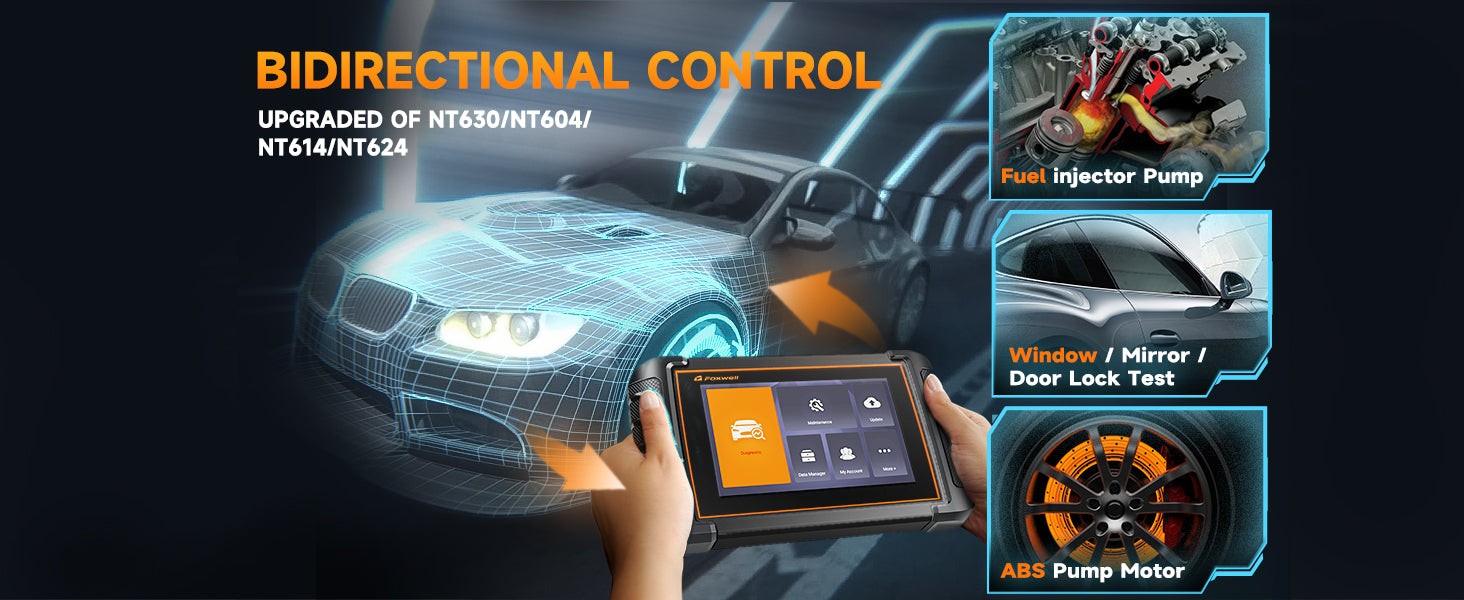OBD2 scanners are essential tools for car maintenance and repair, providing valuable insights into a vehicle’s engine and emissions systems. But Does Obd2 Read Tire Pressure? This article will explore the capabilities of standard OBD2 scanners regarding tire pressure monitoring systems (TPMS) and discuss why specialized tools might be necessary.
Standard OBD2 Scanner Functionality and TPMS
OBD2 scanners excel at diagnosing engine-related issues. They can:
- Read and Clear Engine Codes: Identify and reset diagnostic trouble codes (DTCs) related to the engine and emissions system.
- Access Engine Data: Provide real-time data on various engine parameters, helping pinpoint performance problems.
While OBD2 scanners can access some data from other vehicle systems, their TPMS capabilities are often limited. They might be able to detect some TPMS-related DTCs stored in the vehicle’s computer, but this is not always the case. Crucially, standard OBD2 scanners generally cannot read real-time tire pressure data. This is because:
- Manufacturer-Specific Codes: TPMS often uses manufacturer-specific codes that generic OBD2 scanners are not equipped to interpret.
- Separate TPMS Module: The TPMS typically operates on a separate module with its own communication protocols, distinct from the OBD2 system.
Why a Dedicated TPMS Scanner is Often Necessary
Resetting or reprogramming a TPMS usually requires a dedicated TPMS scanner. These specialized tools offer:
- Manufacturer-Specific Protocols: They can communicate directly with the TPMS module using the correct protocols for different car makes and models.
- Advanced TPMS Functions: Dedicated scanners enable tasks like sensor activation, programming, relearning, and resetting, essential for TPMS maintenance and repair.
- Detailed Sensor Information: They can provide real-time data from each tire pressure sensor, including pressure, temperature, and battery status.
Key Features of a TPMS Scanner
When choosing a TPMS scanner, consider these essential features:
- Wide Vehicle Coverage: Ensure compatibility with a broad range of car makes and models.
- Sensor Programming and Relearn: Verify it can program new sensors and perform TPMS relearn procedures after tire rotation or sensor replacement.
- Live Data Display: Prioritize scanners that show real-time sensor data for accurate diagnostics.
Foxwell TPMS Solutions: NT310 and NT530
Foxwell offers specialized tools like the NT310 and NT530 for comprehensive TPMS management.
- Foxwell NT310: A dedicated TPMS tool designed for triggering, programming, and relearning sensors. It offers a user-friendly interface for efficient TPMS maintenance.
- Foxwell NT530: A multi-system scanner with advanced TPMS functionality. It provides comprehensive diagnostics for various vehicle systems, including TPMS, making it a versatile tool for professionals.
Conclusion
While a standard OBD2 scanner might offer limited TPMS-related information, it generally does not read tire pressure. For comprehensive TPMS diagnostics, maintenance, and repair, investing in a dedicated TPMS scanner is essential. These specialized tools provide the necessary functionality to access, interpret, and manage TPMS data effectively, ensuring optimal tire pressure and vehicle safety.
